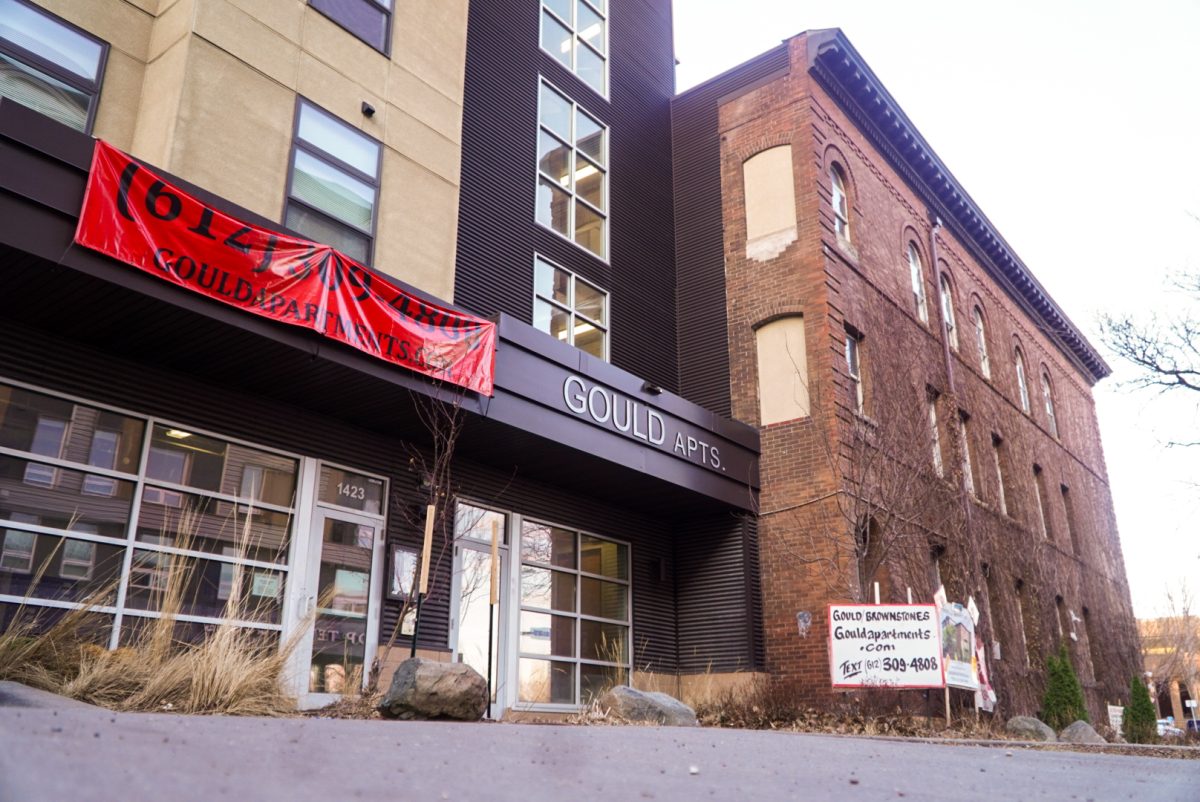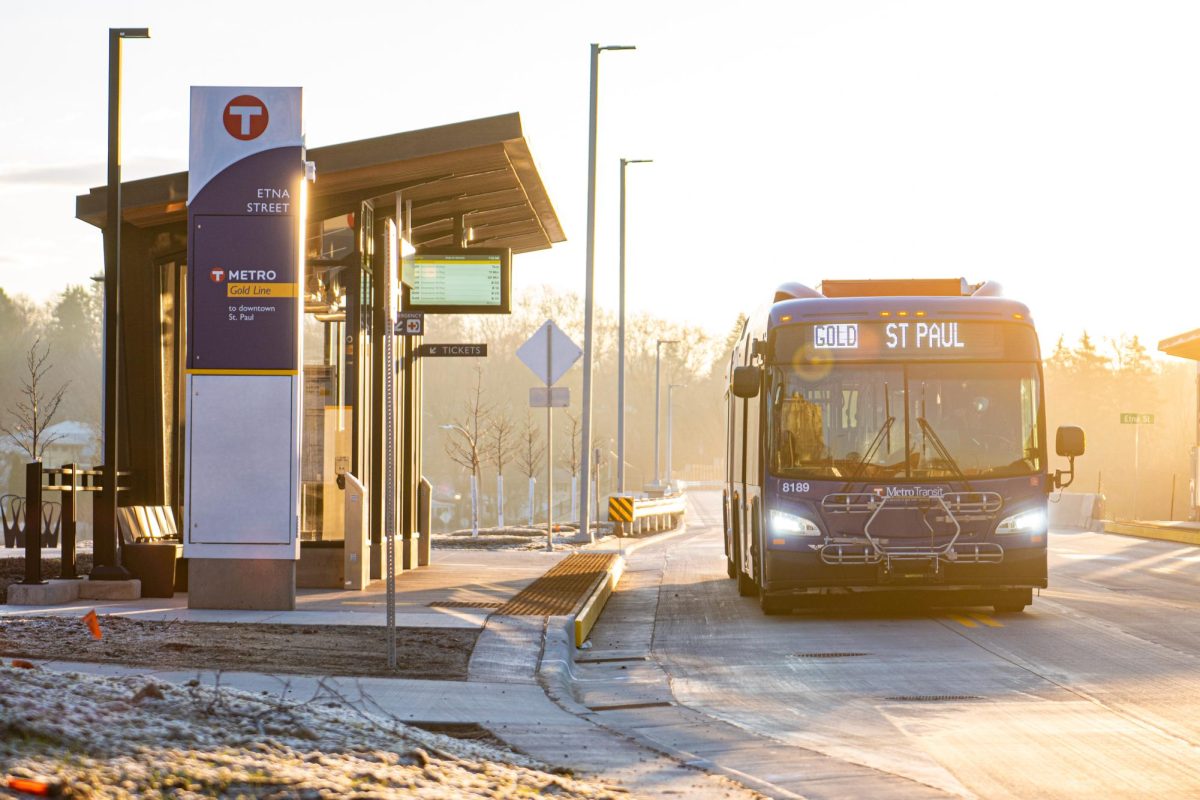If you’re spending time around University of Minnesota police, remember to smile — because you might be on camera.
After months of planning, the UMPD started distributing tester body cameras to officers June 14. For the next two months, officers will wear the cameras and give feedback on their usability.
If the department is pleased with the technology, it will request funds to secure the cameras for good.
“I think what’s profound about body-worn cameras is that the officers seem to be interested, and the public seems to be interested. Both sides want these things,” said UMPD Lieutenant Erik Swanson.
The University’s Twin Cities, Duluth and Morris campuses are all partaking in the testing process as each campus will need to assess their own security needs, said UMPD Chief Matt Clark.
Each campus is testing a different brand of camera, with the Twin Cities campus using ones from security company Axon. Other brands in consideration include Motorola, Panasonic and WatchGuard.
The most important variable differentiating the brands is the supporting software system, Swanson said. While the cameras themselves are often similar, the corresponding data networks can range greatly in storage, accessibility and user-friendliness.
Current funding for the tester cameras comes from a one-time allotment from the University budget, said Mike Berthelsen, interim vice president of University Services.
If the department decides to keep the cameras, they’ll need to apply for long term funding in 2018, Berthelsen said.
The University began discussing a possible transition to body cameras six months ago after seeing other police departments and college campuses use the technology.
“A growing percent of Twin Cities’ larger agencies were looking at doing this, so we felt like it was time for us to answer, ‘well, should that be us too? Does that make sense for our campus?’” Berthelsen said.
Clark, who transferred to UMPD from the Minneapolis Police Department two years ago, said although he saw the benefits of the body cameras at MPD, he hesitated to have University police follow suit.
Like MPD, University police have been eyeing body camera technology for years, Clark said. But the department shied away from the cameras until new legislation clarified the confidentiality of any footage shot on body cameras.
Since new state statutes enacted in Aug. 2016 classify most police body camera recordings as nonpublic, he said UMPD finally feels comfortable using the technology.
“As you can expect, we had a lot of people who were not suspects, who may be students, that we didn’t want internalized on video doing things that weren’t necessarily criminal, but didn’t paint them in the best light,” Clark said.
But Berthelsen warned that even although UMPD is ready to test the cameras, that doesn’t mean they are here to stay.
Part of the testing phase is determining if the cameras are truly needed, Clark said. Body cameras may prove unnecessary since UMPD has similar cameras on police cars and the Twin Cities campus already uses almost 2,500 stationary security cameras.
If the department decides to keep the cameras, however, Clark said he believes the transition to using them should be smooth.
“We had volunteers take [the cameras] right away and use them,” Clark said. “They don’t consider it that big of a deal. It’s a growing part of the profession.”








